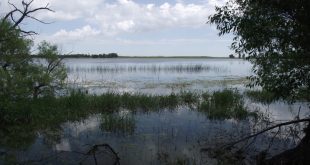Eager to get on the water? Yeah, me, too.
Summer (Post-Memorial Day) is a perfect time to float Nebraska’s water trails.
There are many reasons to take a float trip on continuously flowing water.
You can do it for the openness and space that it offers and the adventure of going somewhere you have never been. You can do it to make connections and memories with people and nature, re-trace history, experience wetlands, see a variety of wildlife species, get some fresh air and sunshine (vitamin D), burn calories and just plain have fun. You can do it to leave the house and technology behind, relax and clear your mind.
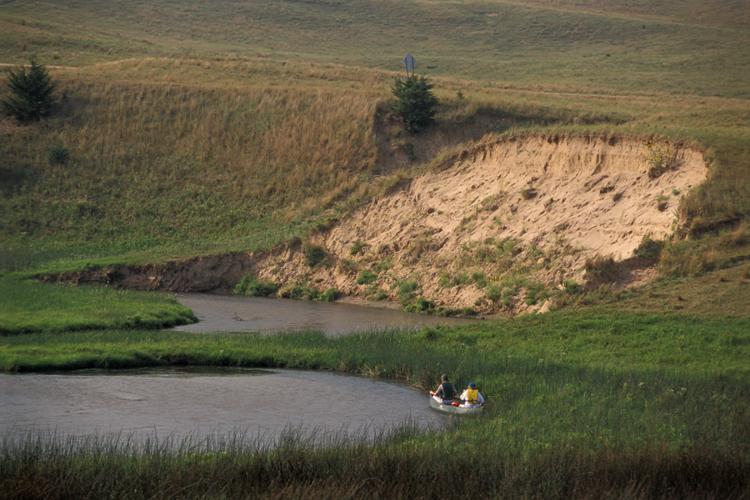
I have a passion for floating Nebraska’s water trails. Actually, I have an affinity for rivers, streams and their dynamic ecosystems. I grew up recreating along the Lower Platte River corridor in Sarpy County. I am a self-proclaimed “river rat.” In fact, I have paddled nearly all of the rivers in my 44 years at the Nebraska Game and Parks Commission. In my view, we have some of the most beautiful rivers and creeks in the U.S. I will tell you firsthand that each Nebraska river is unique; each has its own character, its own personality, its own traits.
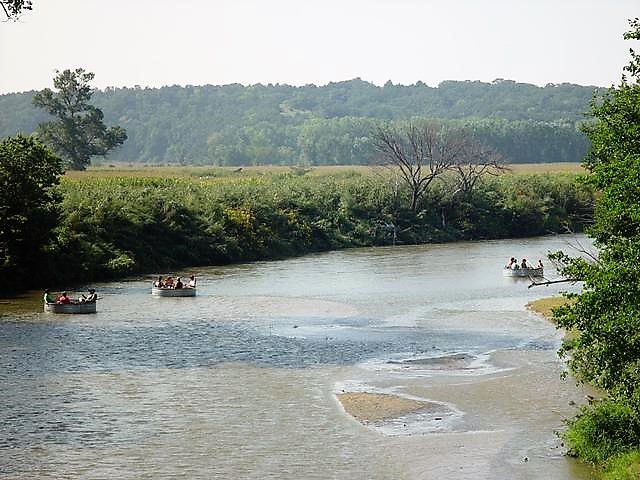
Whether it is leisurely floating your own kayaks on the broad corridor of the Platte River with co-workers or paddling the remote, wild Dismal River through an outfitter with friends, I thoroughly enjoy exploring our varied Nebraska Water Trails. And I believe you will, too.
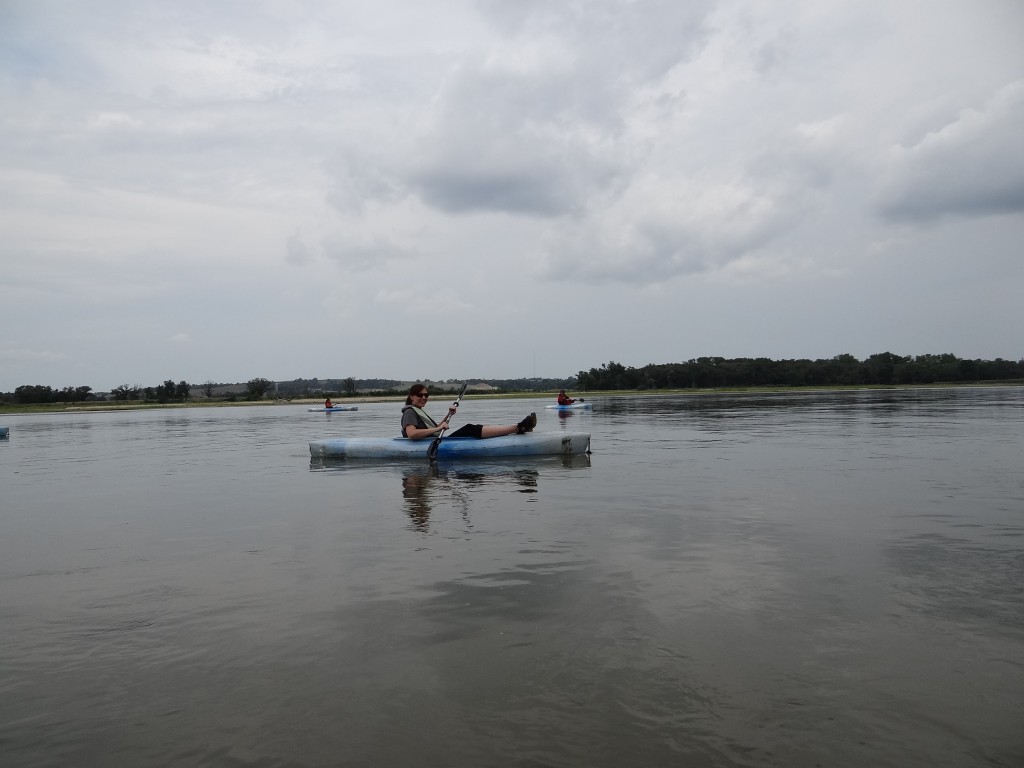
Here’s what you need to know about Nebraska rivers.
On the International Scale of River Difficulty, our rivers in the Cornhusker State typically rate Class I: Easy. That’s defined as moving water with riffles and small waves, few obstacles, slight risk to the swimmer, and easy self-rescue if you are wearing a life jacket. There are a few exceptions.
The Dismal River in the central Sandhills area, for example, is a narrow, spring-fed stream with hairpin turns that swiftly flows at about 6-8 mph. Barbed-wire fences, downed trees, stumps and rocks in the river are constant hazards. It is an “extreme sports” river with land access available through Glidden Canoe Rental out of Mullen, NE. In a handful of places on two other rivers — the Niobrara and Snake — there are very difficult spots. Several rapids exist that require portage. These are Class II, III and IV rapids.
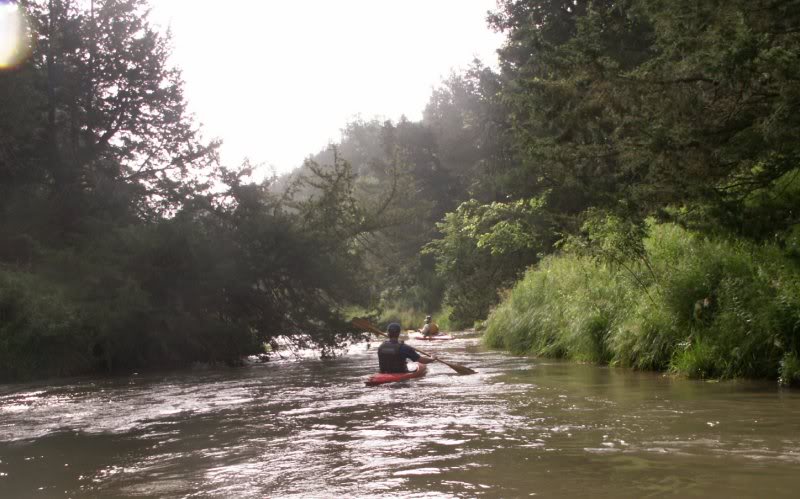
The Nebraska Game and Parks Commission has established 11 water trails or recreational passageways on specific stretches of rivers and creeks.
One additional water trail adventure is still under construction but scheduled to open relatively soon – the North Fork River Trail on the Elkhorn River through Norfolk, NE.
Another water tail that is new and open is on the Loup River in Platte County, NE, thanks to the efforts of Nebraska Game and Parks Commissioner Ken Curry and others.
The trail begins on the river south of Monroe at a marked Platte County launch point and offers a 6-8 hour ride in kayak or canoe downstream to a take-out point in Columbus. The trip can be extended another couple hours by using a fishing access site at the George Syas Wildlife Management Area south of Genoa.
Like the Loup, our water trails in Nebraska are generally of a calmer nature, perfect for small non-motorized vessels such as kayaks, canoes, inner tubes, stock tanks, inflatable rafts, etc.
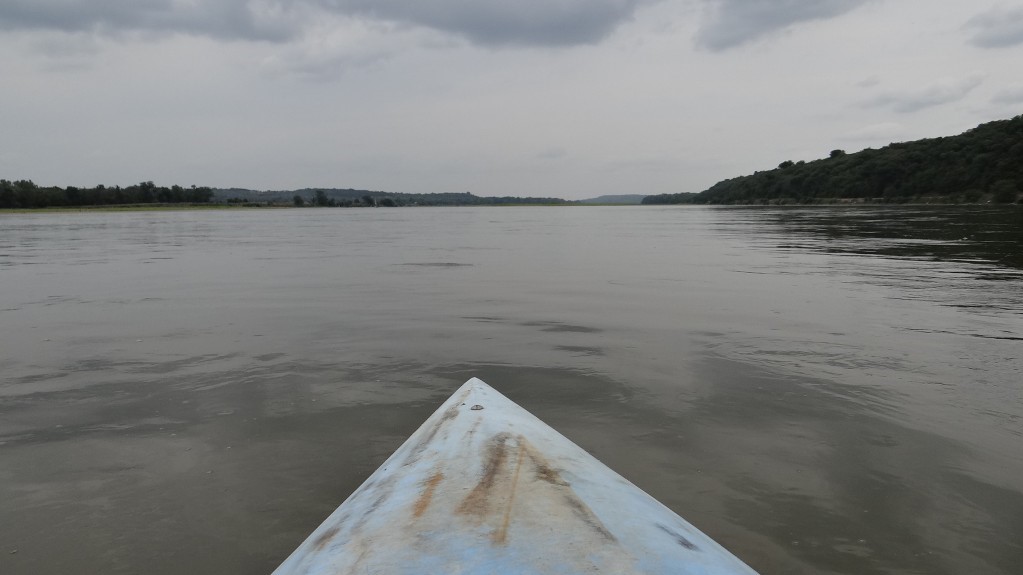
There’s even a newer water trail on the Kearney Canal system.

In addition, paddlers are encouraged to check out the newly designated Lower Platte River Venture Park water trail with redesigned, improved public access points.
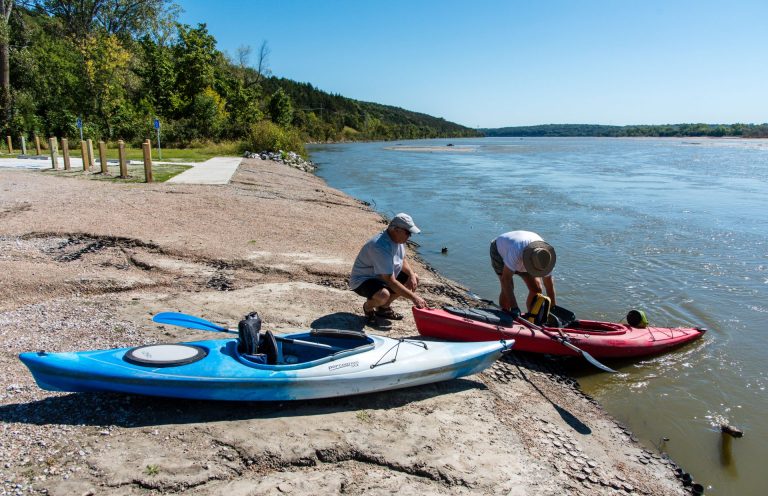
You can find a host of specific information about Nebraska Water Trails here: https://outdoornebraska.gov/parks/explore-trails/water-trails/
More info on rivers, outfitters, etc. can be found on the Nebraska Travel and Tourism website: http://www.VisitNebraska.com
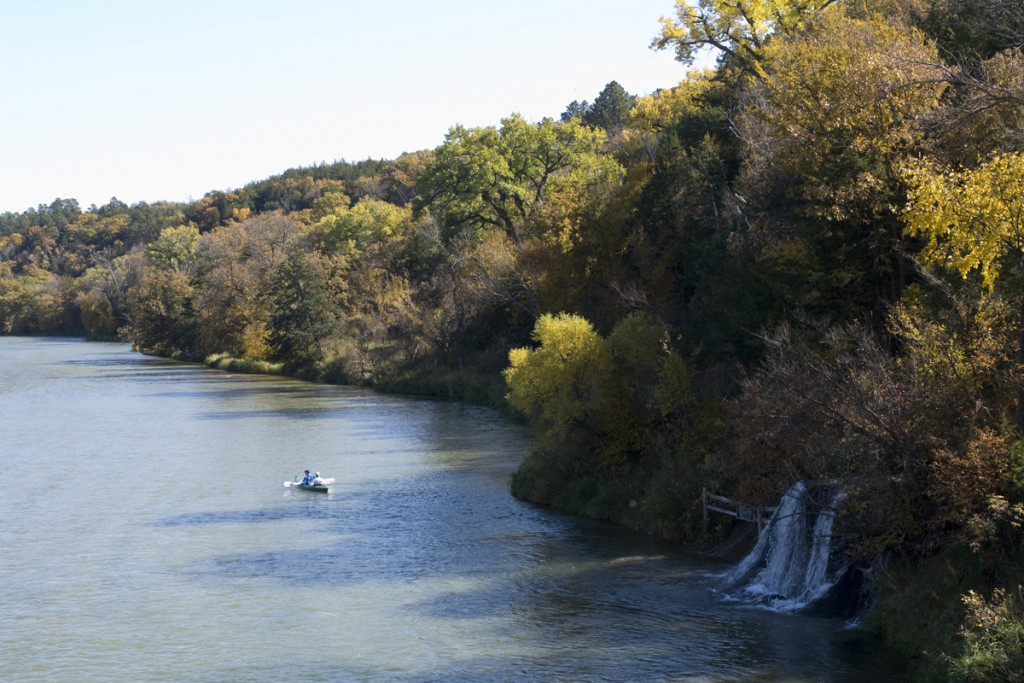
Water levels in some rivers and creeks fluctuate with weather, so be sure to check conditions on the USGS Streamflow site: waterdata.usgs.gov, or by contacting local outfitters, nearby state park superintendents, conservation officers or other officials. Stay informed of weather conditions that can change quickly. Recon the take-out spot to make sure it is accessible by water and land. Always wear your life jacket in the environs of stained, unpredictable moving waters. Know how to swim. Don’t let a low water level give you a false sense of security either! Be aware that air boating or other power boating traffic may be present on some of these rivers, as well.
Also, keep in mind that only the water in these water trails belongs to the State of Nebraska. You can float it, and some governmental entities own public land along the water trails, but the land is largely privately owned.
In Nebraska, landowners own the beds, bars and banks of rivers and creeks. Therefore, it is up to you to do your homework to find out who owns the land and get permission from them to rest, swim, picnic, camp or fish on your journey. Most landowners along our water trails do not mind floaters as long as they ask permission well in advance of their trip, are careful with campfires, do not alter livestock fences, leave the property as they found it, and pack out their trash and recyclables. Nebraska state statutes give you permission to portage around fences and other obstructions; however, you are responsible for any damage caused to the property.
On sandbars, paddle sports enthusiasts must avoid violating federal and state laws by keeping a good distance from protected shorebirds that are nesting. These at-risk shorebirds are the interior least tern and piping plover.
Prior to your float trip, make plans to do a little fishing for an array of river species. That means buy your fishing permit, pack your fishing gear and take a container or two of earthworms or nightcrawlers along for fish bait. Who knows? You could catch your dinner!
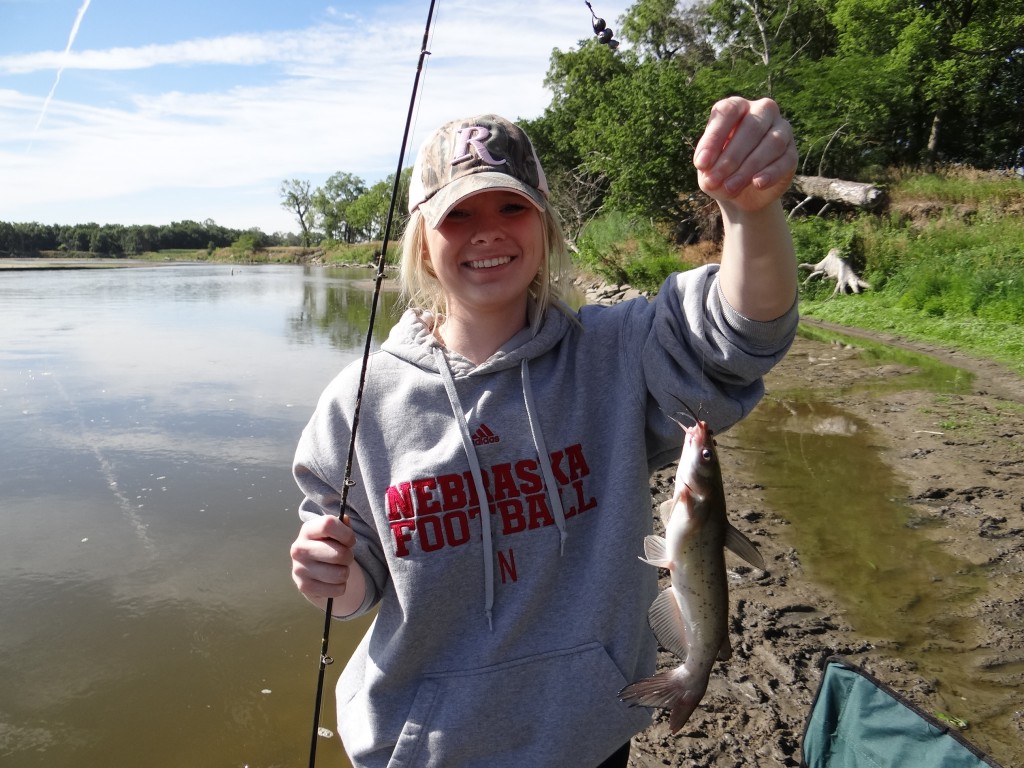
DID YOU KNOW
» Nebraska has more than 70,000 miles of river.
» Nebraska currently has 11 designated water trails covering close to 600 paddleable river/stream miles.
» The National Park Service has declared stretches of the Niobrara and the Missouri as Wild and Scenic Rivers.
SOURCE: Alex Duryea, Recreational Trails Manager, Planning and Programming Division, Nebraska Game and Parks Commission.
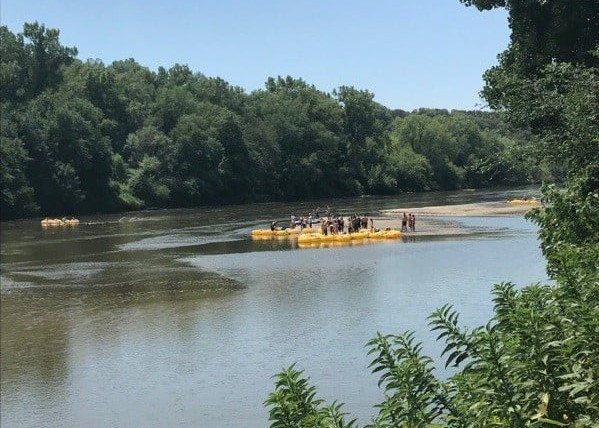
 Nebraskaland Magazine
Nebraskaland Magazine


